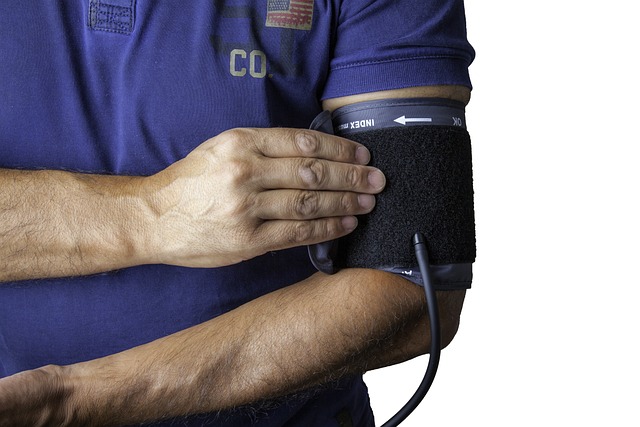How to Control Blood Pressure: A Comprehensive Guide
Table of Contents
Blood pressure is a critical indicator of overall health. High blood pressure, or hypertension, can lead to severe complications such as heart disease, stroke, and kidney problems if left unchecked. Fortunately, effective management and prevention strategies can keep blood pressure under control. Here’s a comprehensive guide on how to manage and reduce blood pressure.
- Understand Blood Pressure Basics
Blood pressure is measured in millimeters of mercury (mmHg) and consists of two readings:
- Systolic Pressure: The pressure when the heart pumps blood.
- Diastolic Pressure: The pressure when the heart rests between beats.
A normal reading is typically below 120/80 mmHg. Readings consistently higher than 130/80 mmHg may indicate hypertension.
- Adopt a Healthy Diet
- Reduce Sodium Intake: Limit sodium consumption to less than 2,300 mg per day, or 1,500 mg if you have hypertension.
- Eat More Fruits and Vegetables: Foods high in potassium, such as bananas, spinach, and oranges, help balance sodium levels.
- Follow the DASH Diet: The Dietary Approaches to Stop Hypertension (DASH) diet emphasizes whole grains, lean proteins, and low-fat dairy.
- Exercise Regularly
Physical activity strengthens the heart, allowing it to pump blood more efficiently. Aim for:
- Aerobic Exercise: Activities like walking, jogging, or cycling for at least 150 minutes a week.
- Strength Training: Engage in muscle-strengthening activities twice a week.
- Maintain a Healthy Weight
Excess weight increases the strain on your heart. Losing even 5-10 pounds can significantly reduce blood pressure.
- Manage Stress Effectively
Chronic stress can contribute to high blood pressure. To manage stress:
- Practice relaxation techniques like deep breathing, meditation, or yoga.
- Set realistic goals and priorities.
- Take breaks and engage in activities you enjoy.
- Limit Alcohol and Avoid Smoking
- Alcohol: Drink in moderation—up to one drink per day for women and two for men.
- Smoking: Tobacco damages blood vessels and raises blood pressure. Quitting smoking improves heart health almost immediately.
- Monitor Your Blood Pressure
Regular monitoring helps track your progress and alerts you to potential issues. Home blood pressure monitors are affordable and easy to use.
- Take Medication if Prescribed
In some cases, lifestyle changes alone may not be enough. If your doctor prescribes medication, take it as directed and discuss any side effects.
- Stay Consistent
Consistency is key. Small, sustainable changes are more effective long-term than drastic, short-lived efforts.
- Consult a Healthcare Professional
Always consult your doctor before making significant lifestyle changes or starting new treatments, especially if you have existing health conditions.
By following these steps, you can take control of your blood pressure and reduce your risk of complications. Prevention and early intervention are vital to maintaining a healthy heart and well-being.



